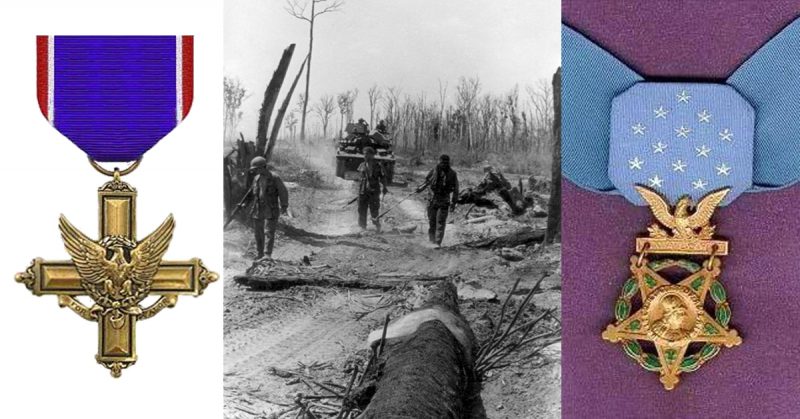Gary Michael Rose was a Green Beret in the Vietnam War. In summer 2016, his heroism was acknowledged, and congress authorized that a Medal of Honor should be awarded to him.
He was the only medic for a team of Special Forces and Vietnamese fighters in 1970 when they went on a four-day mission deep into Laos known as Operation Tailwind. Though badly injured himself, Rose was instrumental in getting all of the men out alive. He was awarded the nation’s second-highest military honor, Distinguished Service Cross.
A 1998 joint report from CNN and Time, co-written by noted journalist Peter Arnett, accused the team of going into Laos to kill American defectors and accused the military of using sarin gas. The claims were discredited, but the damage to the team’s reputation has lingered.
In September of 1970, Rose and fifteen other Green Berets, and 100 Vietnamese fighters known as Montagnards were dropped in the Laotian jungle by CH-53 Sea Stallion helicopters.
The American soldiers were the Studies and Observations Group out of southern Vietnam. The unit led indigenous fighters on raids into Laos to battle the North Vietnamese along the Ho Chi Minh trail.
The purpose was to draw the attention of two North Vietnamese regiments to take pressure off the CIA.
Almost immediately after landing, the team heard telephones ringing. They had found a string of bunkers storing rockets for the enemy.
They strung explosive charges on the bunkers and pressed on with their mission while the bunkers and their contents detonated behind them.
For the next four days, with constant support from U.S. air power, the team didn’t stop moving. They engaged in firefights with the enemy, calling in air strikes against them and then moving on.
After the first night, around half of the Green Berets were injured. More than half of the Montagnards had been wounded. At dawn, the company called an air strike on a group of trucks and infantry units.
“The key was not to be overrun by the North Vietnamese,” Plaster said. “Gary kept them moving, it was emergency medicine on the go. Think of how many people could have put up with that much stress and stay organized and cool and treat all of those people.”
The company called in medevacs to get some of the more seriously wounded out. Rose tried to lift the Montagnards to two helicopters, but both vehicles were shot down.
Rose, injured himself, continued treating the wounded through the second night, as the company dug in amid rocket attacks. “Gary was actually covering the wounded with his own body,” Plaster said.
Rose was wounded multiple times, but he continued treating about 60 wounded. All of the soldiers survived. When the unit was finally airlifted out, they had one of the biggest intelligence hauls of the war – a cache of documents discovered in an enemy command center.
The mission was classified for 25 years. After being declassified, the CNN/Time report led the military to perform its own investigation into the allegations. The military flatly denied the claims in the report.
The incident was one of the largest media scandals in the late 90s. Several lawsuits were filed as a result. Arnett was forced out of the news industry entirely.
As part of a bill for defense policy, legislation is being prepared that clears Rose for the Medal of Honor. There is support from both sides of the aisle to award him the nation’s highest military honor. The legislation waives the usual five-year limit on eligibility for the medal. The same waiver was issued for Kettles, who rescued ambushed soldiers in the Vietnam War.
The medal could go a long way to vindicating the soldiers who fought in Laos during the conflict. It would build on the presidential unit citation awarded to all who served in the SOG during its existence from 1964-1972.
